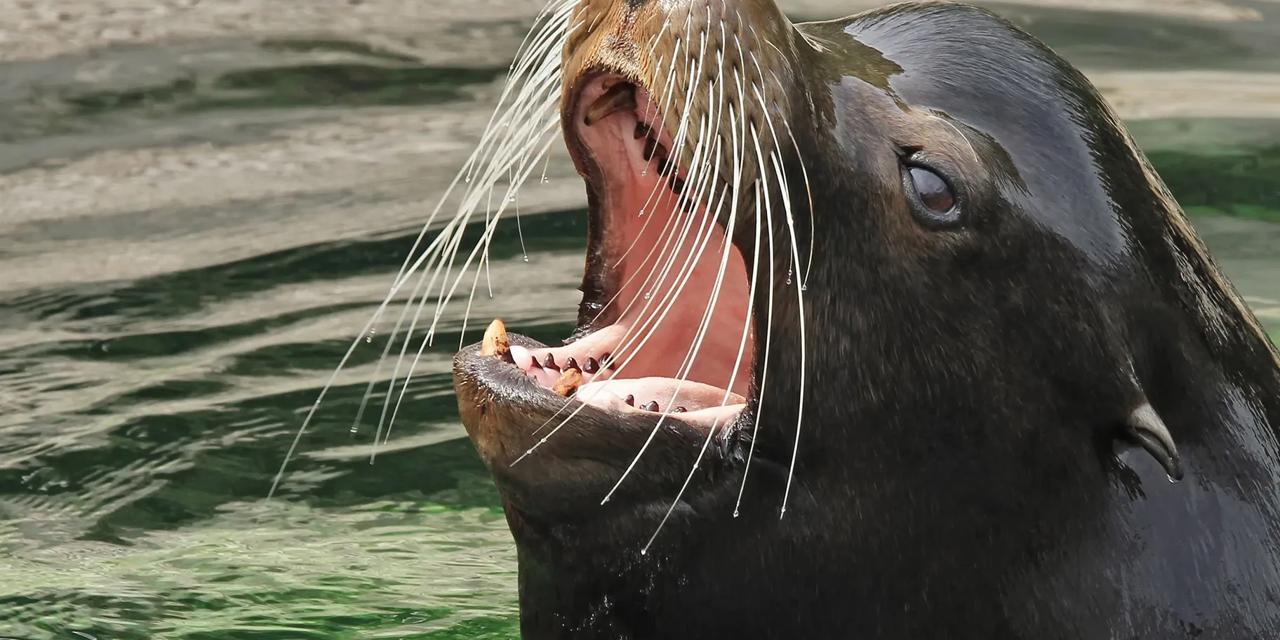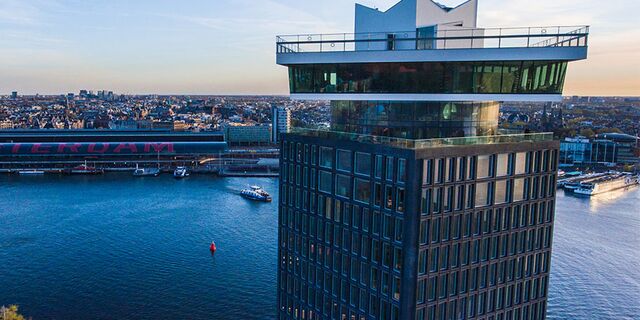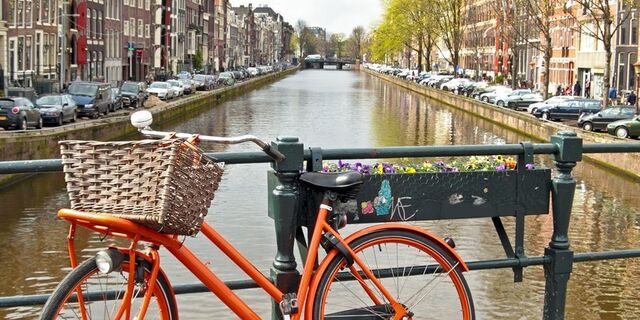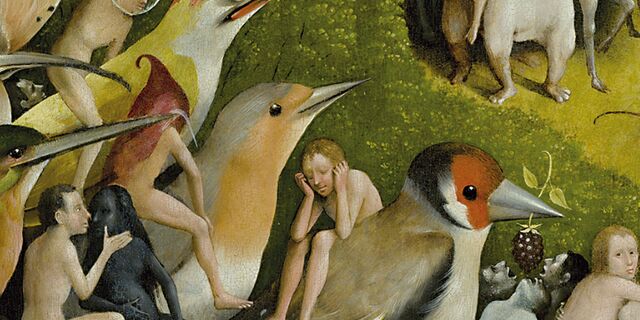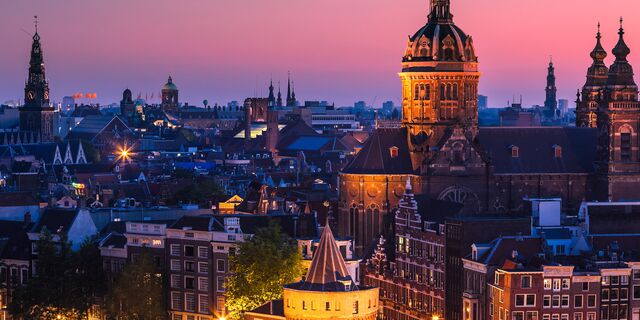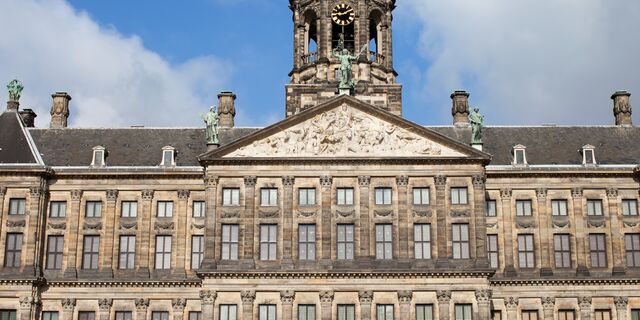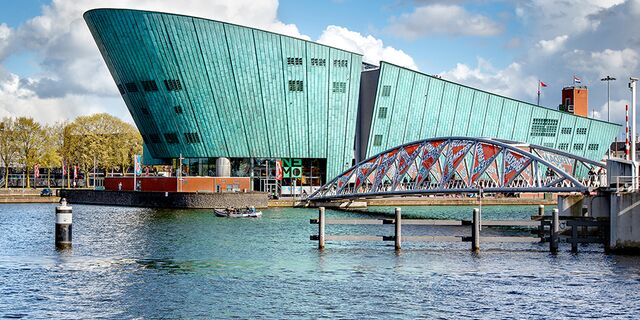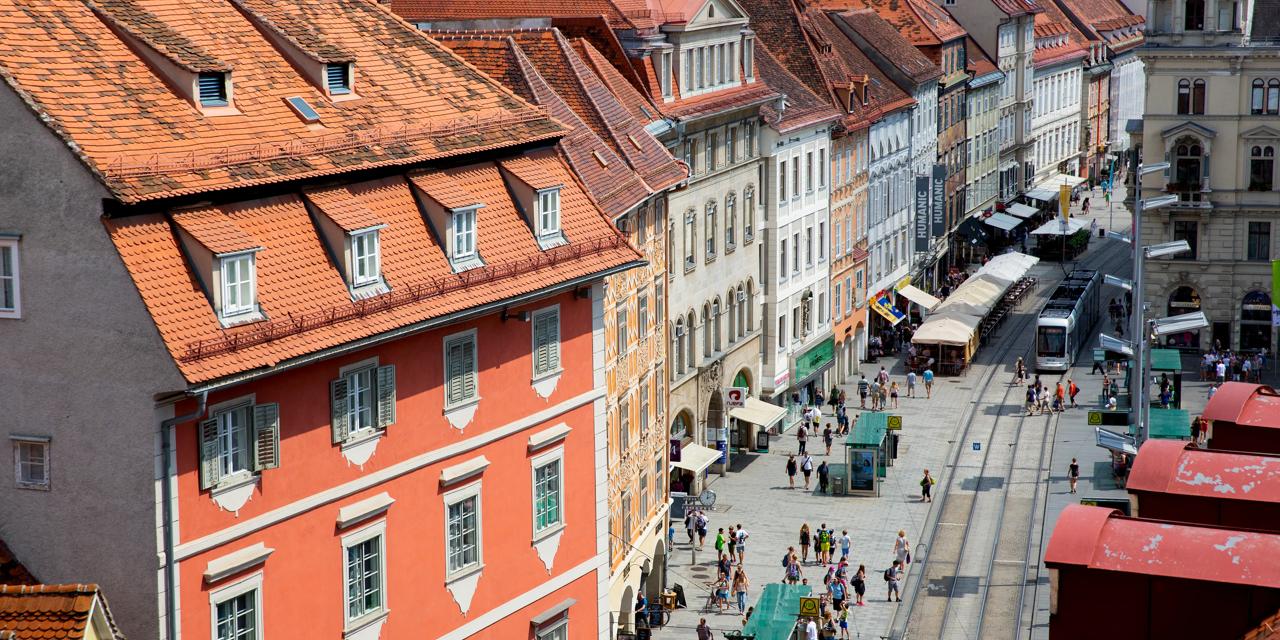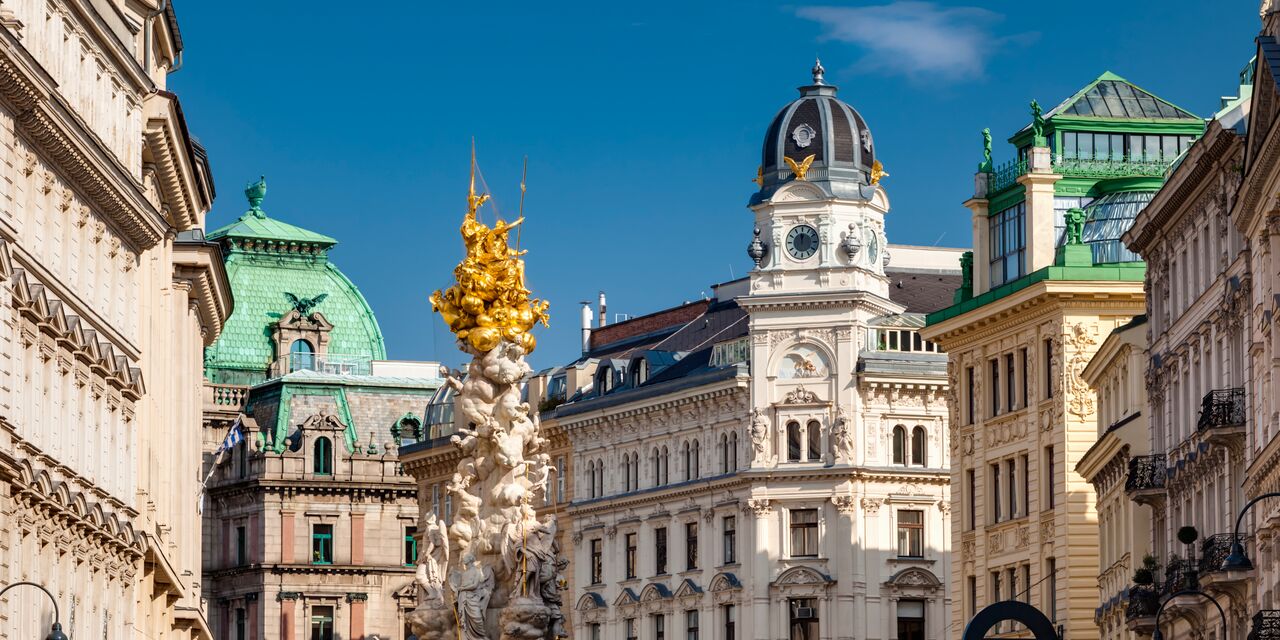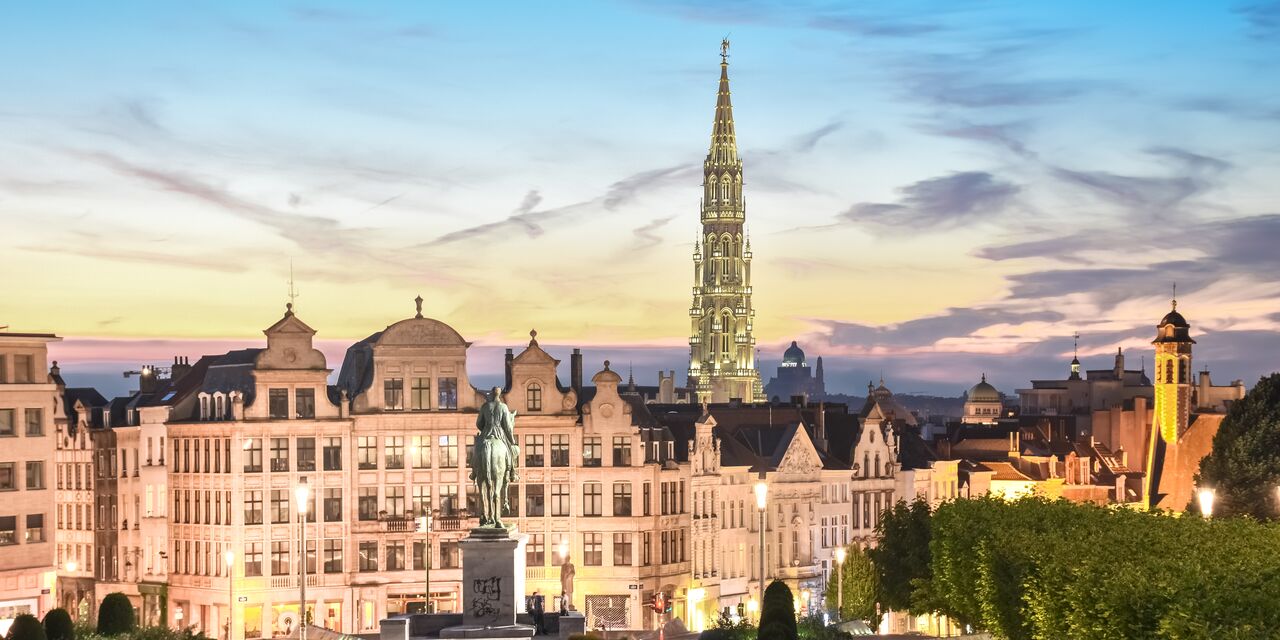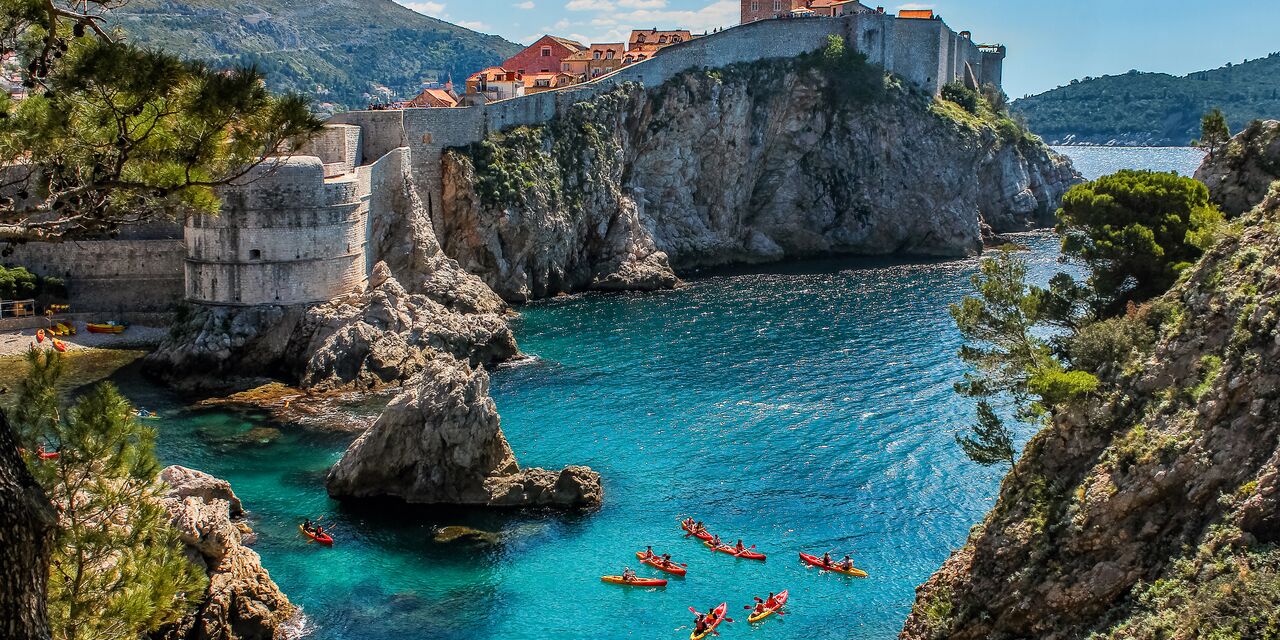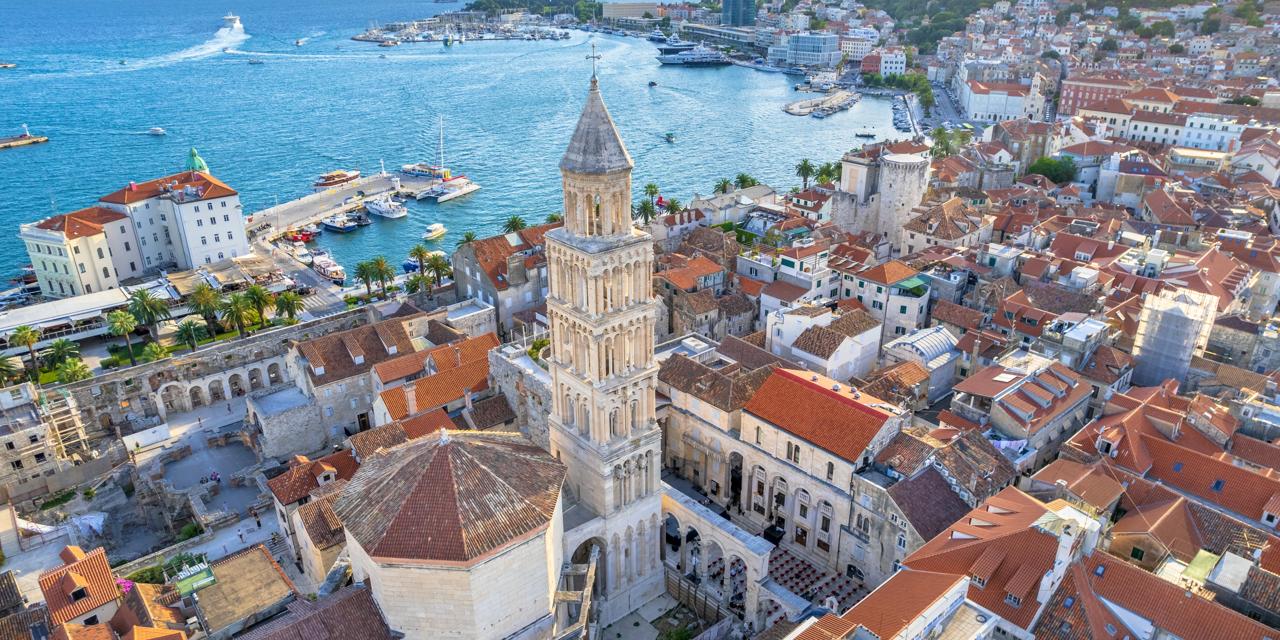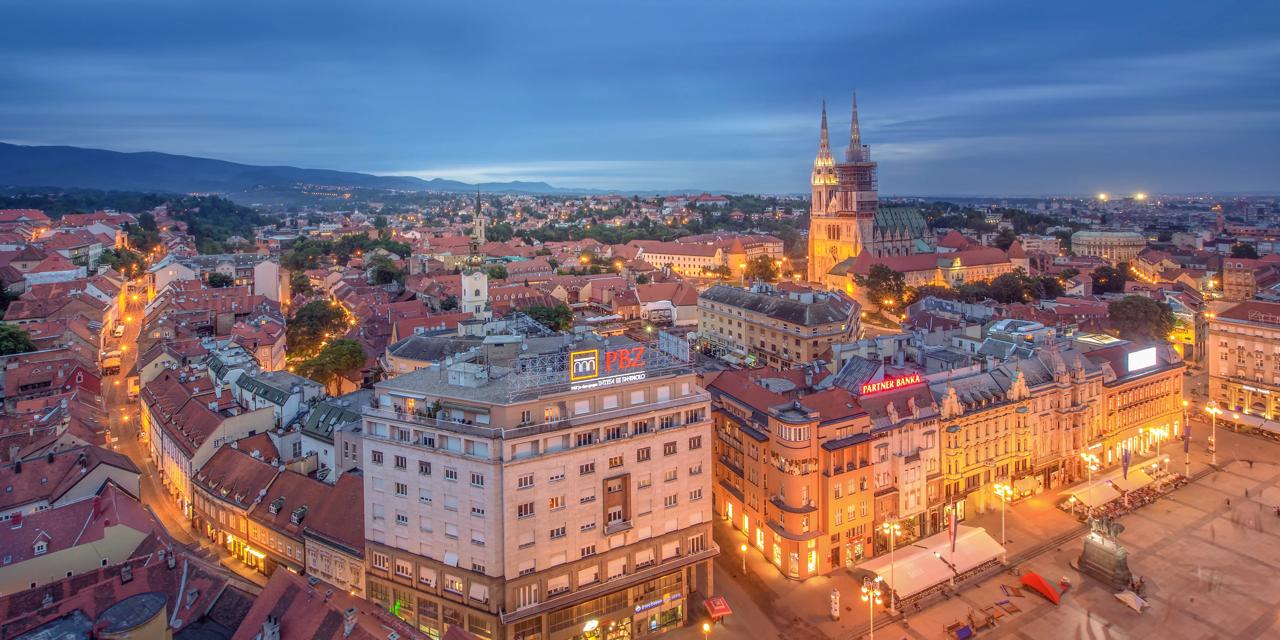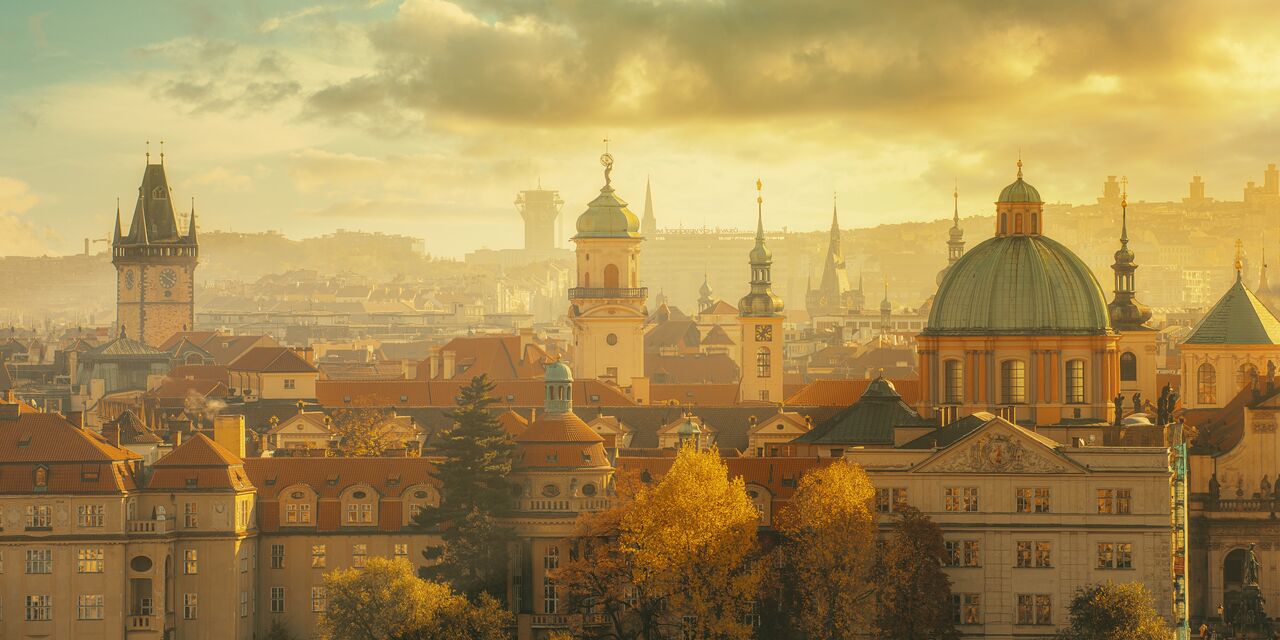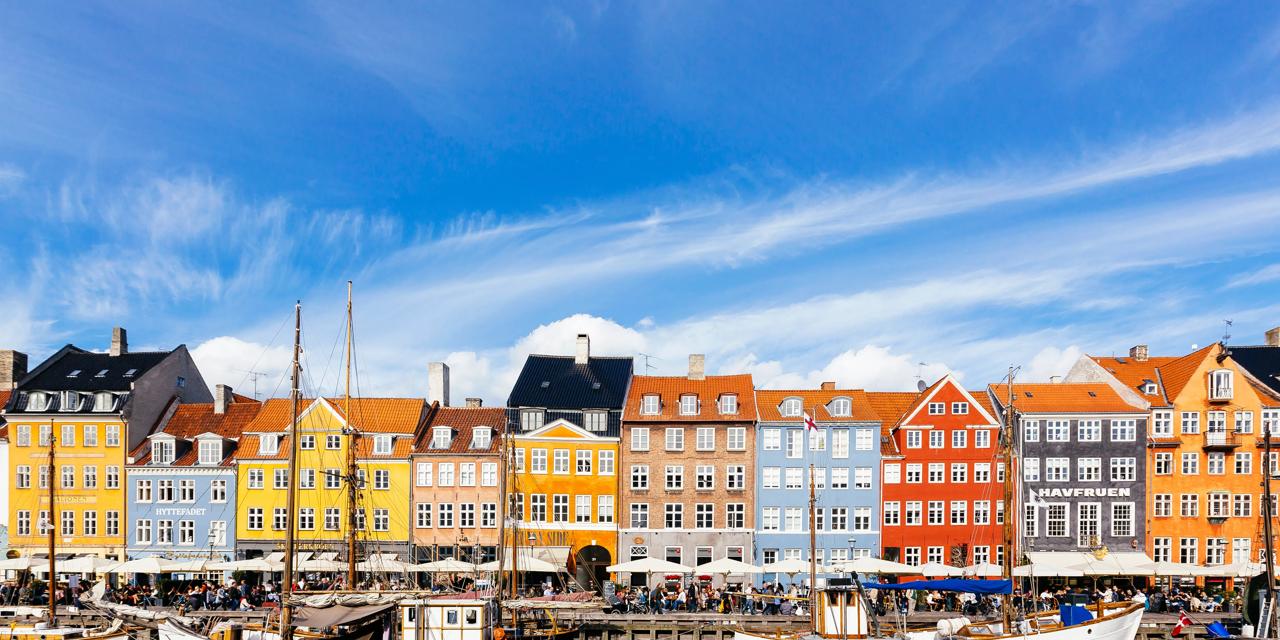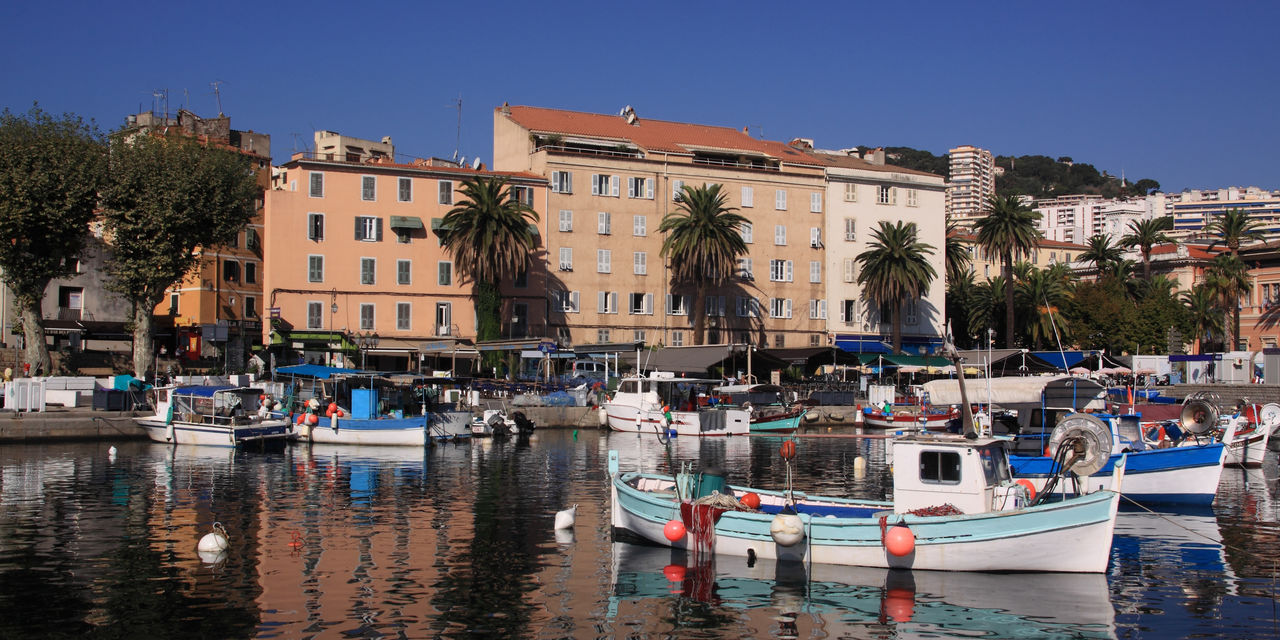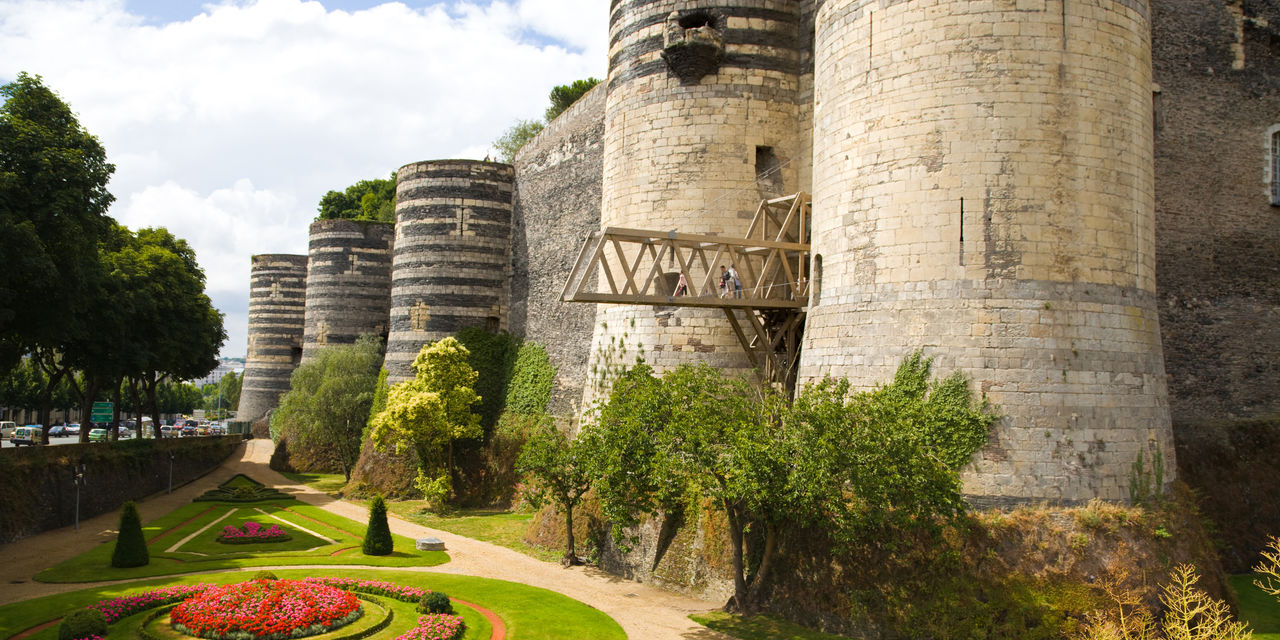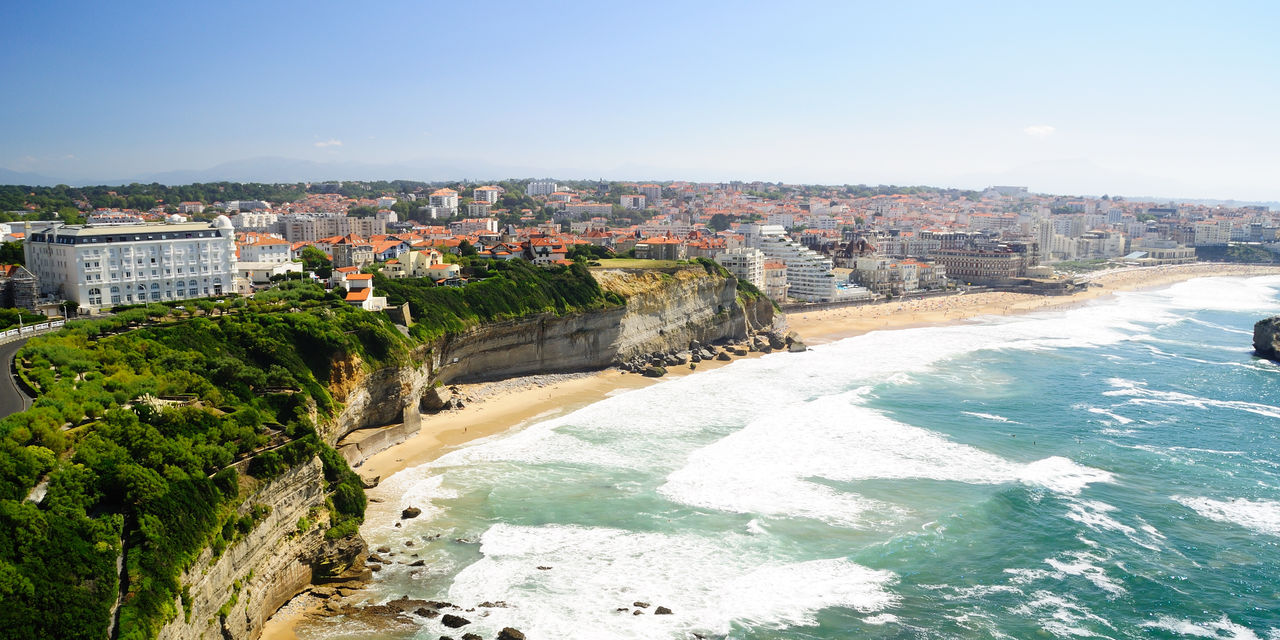Who will feed the lions?
In 1838, 3 wealthy Amsterdam residents established the Royal Zoological Society Natura Artis Magistra. Initially Artis wasn’t really a zoo; it included a museum, an orangery and a garden which housed a few monkeys, parrots and a Surinam wildcat. Not long after, a panther, hyena, Indian elephant and boa constrictor snake were added to the mix. Nowadays Artis is home to thousands of animals and many other attractions, including a Planetarium, a Butterfly Pavilion, and a savannah for African herbivores. After entering, you’ll first pass the Camel Field and see the Japanese Macaques on the Monkey Rock. The brave head to the Kerbert terrace where the lions live. These large cats hang around some 20 hours a day but become much more active around feeding time; a spectacle that can be seen daily. Make sure to catch a glimpse of the bright-pink Chilean flamingos in the pond nearby. These beautiful birds owe their vibrant colour to the pink crustaceans they eat. On the other side of Artis visitors will find a world of colour. In the Butterfly Pavilion, you are surrounded by fluttering butterflies that occasionally rest on bright flowers or even the visitors themselves! If you’re lucky you’ll spot the majestic Morpho butterfly. As one of the world’s largest butterfly species, it can be recognised by its bright blue or green iridescent wings which reflect the light in a unique way.

Amsterdam canal as aquarium
At the south side of the park is the Aquarium, one of the highlights of Artis. Discover a mysterious underwater world in this impressive 19th-century building. The Amazon tank includes exotic fish in a tropical sea. Further along is the coral reef, a favourite place for sharks. Another tank simulates an Amsterdam canal, where you can see what lies beneath Amsterdam’s murky waters: in addition to a rusty bike, you’ll see indigenous species such as carp, pike and perch.

